2026
Our experts unpick powertrain and brake regulations as dawn of a new era approaches
Inside the world of modern motorsport technology

2026
Our experts unpick powertrain and brake regulations as dawn of a new era approaches
Inside the world of modern motorsport technology
Lessons learned unlock potential of VCARB 02
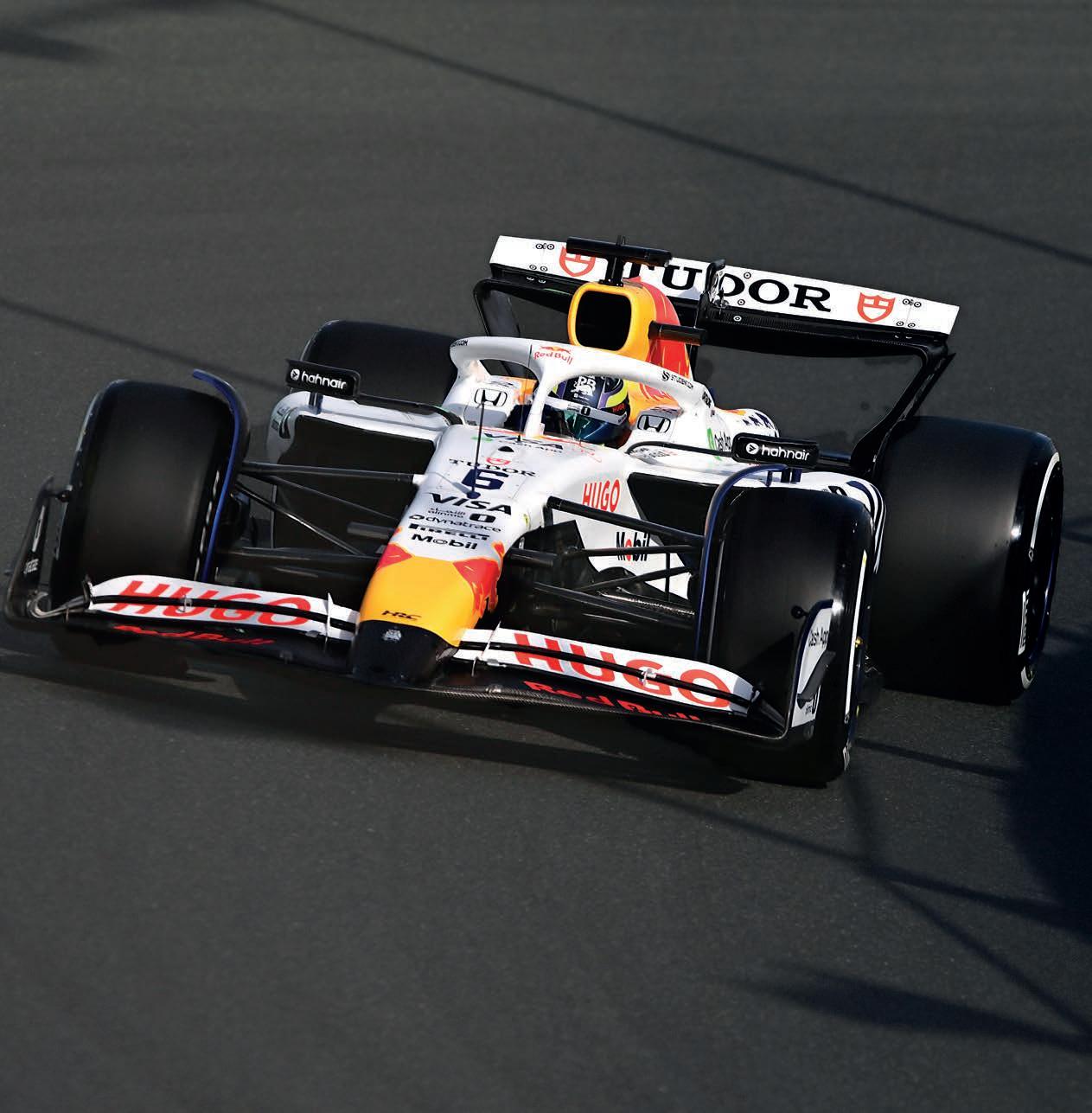
Control strategies
How teams are integrating torque sensors into modern race engines
GINETTA GT2
Will this car renew interest in the SRO category?
Lamborghini unveils the first GT3 racer developed at Sant’Agata Twin-turbo Temerario
FIA PRESIDENTIAL RACE
Candidate Tim Mayer on his mission for the future
FORMULA STUDENT
Full report from the UK competition at Silverstone
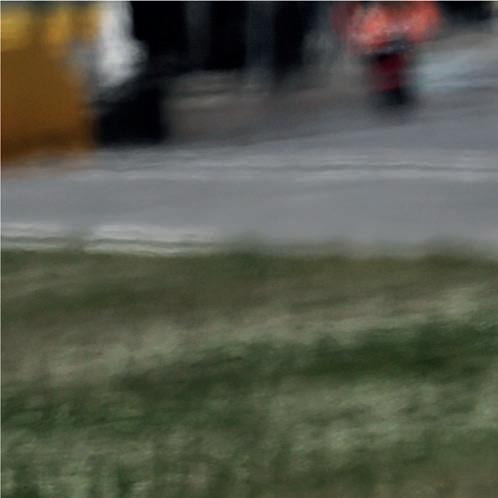



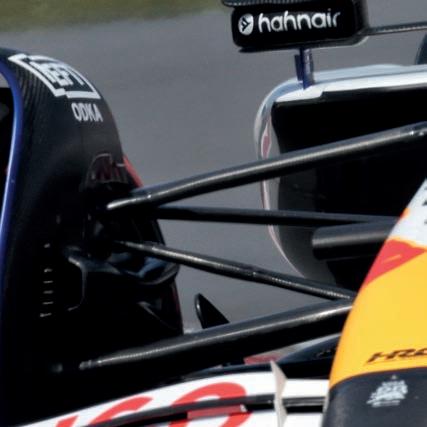


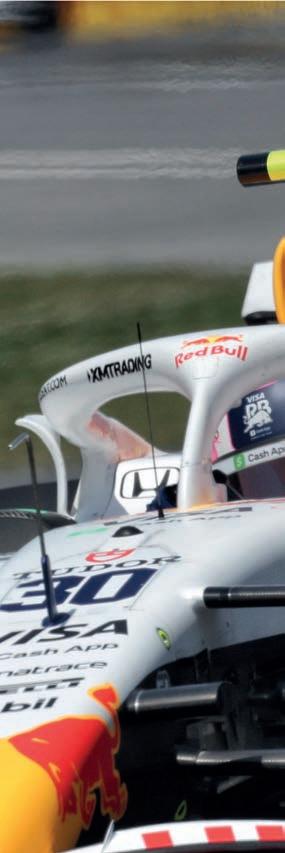
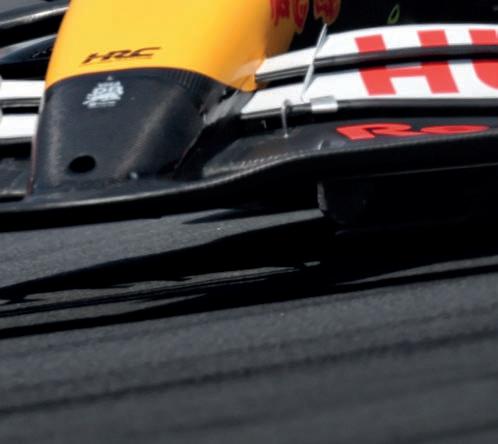


Racing Bulls had a strong start to the 2024 season before its form waned. The team is taking action and learning to ensure that story won’t repeat itself this year
By DANIEL LLOYD

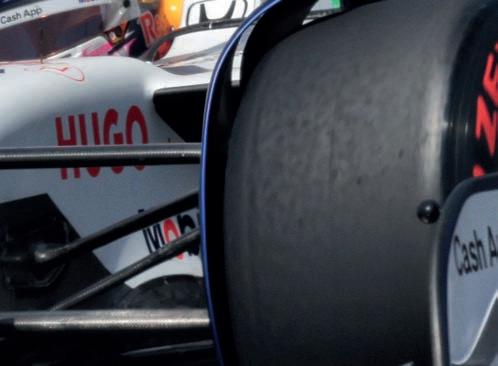

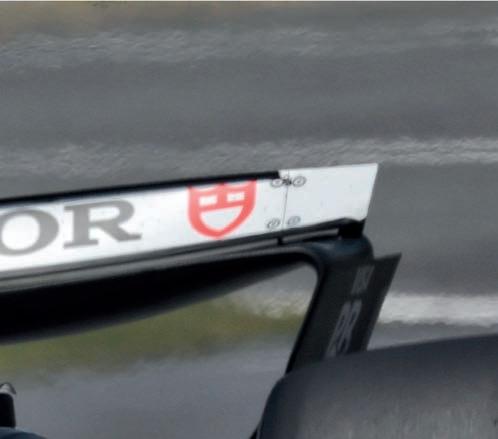

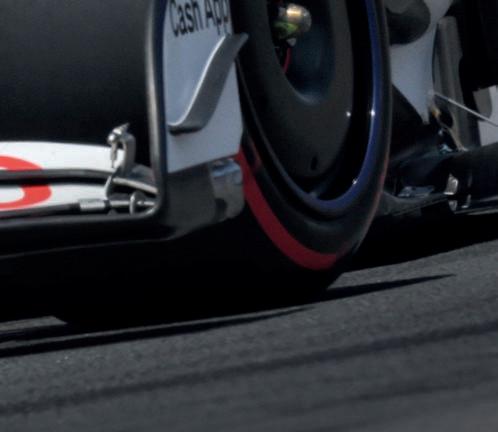
In a press conference ahead of the Miami Grand Prix, round six of the 2025 Formula 1 season, Yuki Tsunoda was asked (as he has been many times) about his struggles adapting to the Red Bull RB21. The Japanese driver had taken up the poisoned chalice of the second Red Bull seat; having contested the opening two rounds with Racing Bulls, he replaced a struggling Liam Lawson at the former champion team, only to immediately inherit the New Zealander’s lack of fortune.


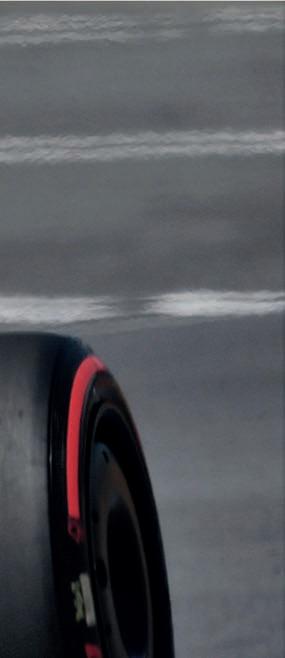
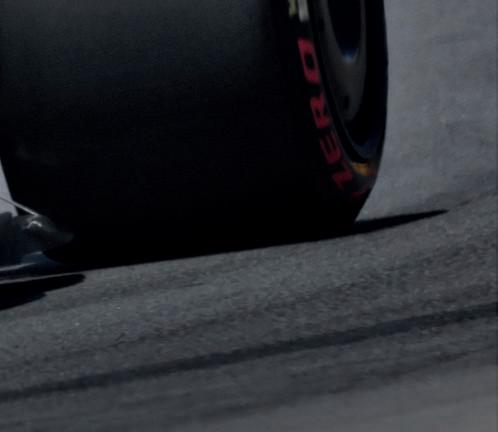
‘That painful experience [at the Spanish GP in 2024] was good learning for us. It was a test case to then allow us to put value on the importance of the characteristics of aerodynamic delivery over just general load’
Tim Goss, chief technical officer at Racing Bulls

‘[The] VCARB [02] was a bit more lenient and forgiving with any directions,’ revealed Tsunoda in Miami. ‘The Red Bull has a sharper, narrower window where it performs.’

This has been the context in which the 2025 seasons of Red Bull and Racing Bulls have played out. The general view is that the former has a very fast car in Max Verstappen’s hands, while the latter has one that is slower at its peak but friendlier to di erent drivers. While that may be a broad judgement about
the two Red Bull-owned teams, there is some truth to it. Both Tsunoda and Lawson have said the Racing Bulls VCARB 02 is easier to drive. However, there is more to the team’s season than being a yardstick against which to measure the RB21. Racing Bulls has been working to address its decline in form at the end of 2024, continuing to update its car to achieve balanced downforce delivery, as well as opening a new UK engineering facility in advance of the 2026 rules refresh.

Racecar’s technical consultant and design expert gives his views on what the 2026 regulations mean for Formula 1
By PETER WRIGHT
As I write this review of the 2026 Formula 1 technical regulations, I read that Charles Leclerc has been testing next year’s Ferrari in the Maranello simulator and has expressed the opinion that it is ‘not the most enjoyable.’ Leclerc has the luxury of being able to hop from the Ferrari SF-25 into the proposed 2026 car; does he even have a switch on the steering wheel to switch between them?
His comments centre on the powertrain and moveable aerodynamic regulation changes, and what they mean to how a driver manages them, particularly for overtaking. Whether this means a different set of driver skills, or changes the relationship between driver and engineer, we wait to see.
The new cars will be four per cent lighter, around five per cent smaller, and with tyres seven to eight per cent narrower. Downforce should be less, but that depends on the results of efforts made in wind tunnels over the next six months. Drivers should appreciate all these changes, but it is the alterations to the powertrain and to the aerodynamics we will examine first.
In 2014, a new formula was introduced in F1. The FIA, after extensive discussions with automotive manufacturers, wrote a new set of powertrain regulations that put the emphasis on efficiency in the name of sustainability. By including a mass flow limit of a highly controlled E10 fuel, the power output of the engines would be determined by how efficiently the engine could turn that rate of energy flow into mechanical horsepower. Also included was an element of electrical power that could be added to the crankshaft. The source of electrical energy was recovery under braking – as per the KERS system used in F1 since 2009 – and exhaust energy recovery from the turbo.
I suspect this is the last F1 formula with any relevance to road vehicles, before it becomes pure entertainment and the powertrain element is specified solely for the spectacle
This latter proved to be a key technology, involving an electric motor generator unit (MGU-H) directly coupled in series with the turbo, spinning at up to 125,000rpm.
The other key technology was the ability to ignite very lean mixtures in the combustion chamber. The fastest car therefore not only had the most efficient engine, but also a chassis and aerodynamics that allowed the throttle to be open fully for longer.
Of the four manufacturers that took up the challenge – Mercedes, Honda, Ferrari and Renault – Mercedes mastered the technologies
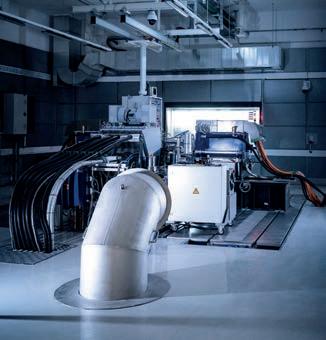
are the stuff of engineering nightmares
quickest and, as a result, will have won 91 per cent of the F1 World Constructors’ Championships in the subsequent 11 seasons (if 2025’s results follow the current trend). Of the current grid, 40 per cent use a Mercedes powertrain, these being the factory team, Aston Martin, McLaren and Williams.
Perhaps as a result of this domination, the formula is to be changed for 2026, further emphasising sustainability, with a higher percentage of electrical power and renewable, carbon-neutral fuel, in a final push by the fossil fuel and non-Chinese automotive industry for relevance in F1.
Cars producing 750kW cannot, however, be pure electric if grands prix are to be much over 10-15 minutes in duration, so I suspect this is the last F1 formula with any relevance to road vehicles, before it becomes pure entertainment and the powertrain element is specified solely for the spectacle, eg normally aspirated, V10 ICEs.
Of the powertrain manufacturers, F1 will lose Renault in 2026, but is gaining Red Bull Ford Powertrains, General Motors and Audi, and has enticed Honda back into competition after a short break away.
The core ICE of the new regulations is virtually the same as the current one, but with the elimination of the MGU-H in series with the turbocharger. The effective maximum energy flow rate has been reduced by 30 per cent, so the ICE will produce around 30 per cent less maximum power, but the motor generator unit attached to the crankshaft (MGU-K) has nearly tripled in maximum power. Currently, it can produce up to 18 per cent of the peak power, but in 2026 it will be around 45 per cent, and the source of this electrical energy becomes critical in the absence of any from exhaust gas waste energy recovery.

The new 2026 F1 cars are to be five per cent smaller than the current models, four per cent lighter and with tyres seven to eight per cent narrower


Lamborghini has presented its new Temerario GT3, which will replace the aged Huracán and take the company into a new era of customer racing
By ANDREW COTTON

Ferrari took the wraps o its new 296 GT3 Evo at Spa, and immediately the car drew comparisons to the now-defunct GTE machine
By ANDREW COTTON


Ferrari has high expectations of its new 296 GT3 Evo, which was launched at the 24 Hours of Spa and has clearly taken inspiration from a couple of the Italian company’s more recent GT projects. Just shy of 200 of the original 296 GT3s have been sold, many of them for competition, while others have gone to museums and collections. Regardless, this is possibly Ferrari’s most successful race programme.
The Ferrari GT3 project has undergone signi cant changes in the last 10 years. Italian company, Michelotto, was replaced by ORECA for the 296 programme, and the French company has had its hands full meeting demand since it rst started to build the cars three years ago, for delivery in 2023. Design and development was handled from Maranello, in association with ORECA in Signes, France, and the new Ferrari has achieved pretty much all targets set to date. Victories at the Nürburgring 24 Hours, the 24 Hours of Daytona and drivers’ and teams’ titles in the GT World Challenge Europe series have all been achieved.

From the front of the car to the back there have been huge modifications, including the aero, cooling, brakes and suspension


However, when the original 296 GT3 was presented at Spa in 2022, it was already controversial. The car went to the absolute limit of new regulations published by the FIA, after consultation with the manufacturers. The rules allowed for a supercar such as the 296 to be built pretty much to prototype speci cation, and Ferrari went all out from the start.
In the past, cars such as the Ferrari 488 GT3 were not allowed as many modi cations as, say, a Nissan GTR. Under the new regulations, a technical rule book was created by the FIA and all cars were built to the same regulations.




So, unsurprisingly, when the wraps came o the revised Evo version at Spa in June 2025, all eyes were on it. Resplendent in eye-catching yellow, similar to the 24 Hours of Le Mans-winning AF Corse Ferrari 499P, the new model had clearly taken learnings from the LMGT3 version of the 296 GT3 that races in the FIA World Endurance Championship, and from the

GTE car that delivered numerous race wins and titles before that category collapsed.
From the front of the car to the back there have been huge modi cations, including the aero, cooling, brakes and suspension. Even the mirrors and rear wing are taken from the LMGT3 car, but it has not yet been homologated, and so Ferrari was careful to point out that certain elements of the presented car might not make it through to the nal spec that will debut at Daytona in January 2026.

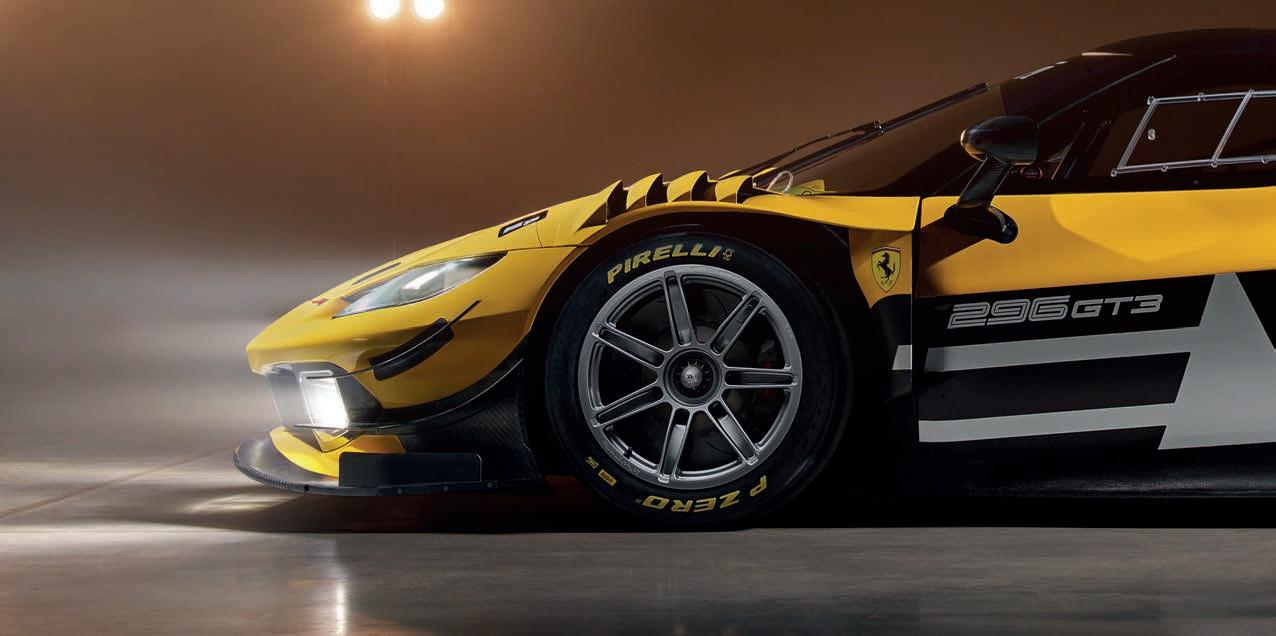

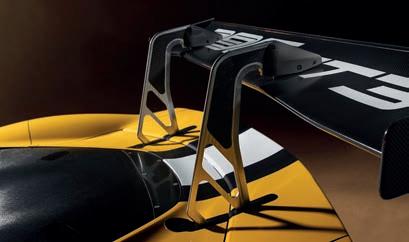
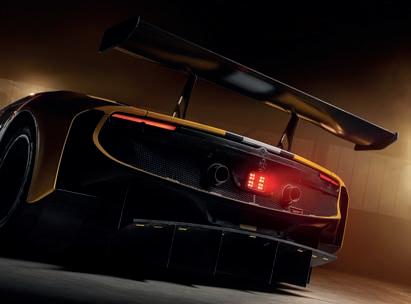


…that directs air under the car to the heavily modi ed rear di user

The Evo retains the detachable front and rear subframes, allowing for improved access to the chassis and engine, which is unchanged from the original. Other manufacturers have now started to follow that path, so it was only natural for Ferrari to stay on course.
One area of concern in the original 296 GT3 was front brake temperature, and aerodynamic stability when following in tra c, both of which are said to have been addressed in the Evo model.
The front of the car is the obvious place to start when looking at the changes. The dive planes at the front are signi cant in size, and work has been done to improve splitter e ciency and direct more air under the car to the heavily modi ed di user.

Airflow over the bodywork has been tidied up significantly, to make the car more predictable and easier to drive for the non-professional


losing the front downforce because you arrive in the vortex of the car in front,’ says Bénédicte Prioul, vehicle control engineer at Ferrari Competizione GT. ‘It’s the way that you manage the vortex of the car in front. It will happen less than before, so you maintain the vertical load even when you are approaching another car by taking [air] in from the side.’
Another bene ciary of the increased cooling at the front is the hydraulic power steering system, which is adapted from the original version of the car. This was not enough of a concern to warrant a switch to electronic power steering, it just needed extra cooling at certain races, which the new aero package is said to deliver.

The intake system through the bonnet has been improved, with NACA ducts feeding more air into a new, front-mounted radiator. Air ow to the front brakes has been increased by 20 per cent, according to Ferrari, and that additional air needs to be evacuated, hence the large louvres over the front wheelarches. Part of the job of these louvres is to direct air away from the engine intake at the rear, which was an area of concern on the previous model.
Air ow over the bodywork has been tidied up signi cantly, to make the car more predictable and easier to drive for the non-professional. Indeed, most of the aero work has gone into making the car stable while following in another car’s wake. It has done so by drawing air in from the side, as well as over the front. ‘It’s not that you are

The rear wheelarch and rear wing are taken directly from the LMGT3 version, with a more aggressive vertical section of the wheelarch, which will make it easier for the car to take other makes of tyre. The rear wing end plates are rather bigger than might be expected, and this is an area Ferrari believes might change for the homologated machine.
Under the rear wing is probably the most signi cant di erence. The strakes in the di user have been drastically altered; made deeper to provide more downforce, while also mounted so they can be changed when required. ‘The volume of air in the di user is di erent, as are the number of fences [strakes],’ says Prioul. ‘The pro le of them is completely di erent, and you can change them individually as well, so we can direct the air correctly and maintain the downforce. This was part of the feedback from customers; they wanted


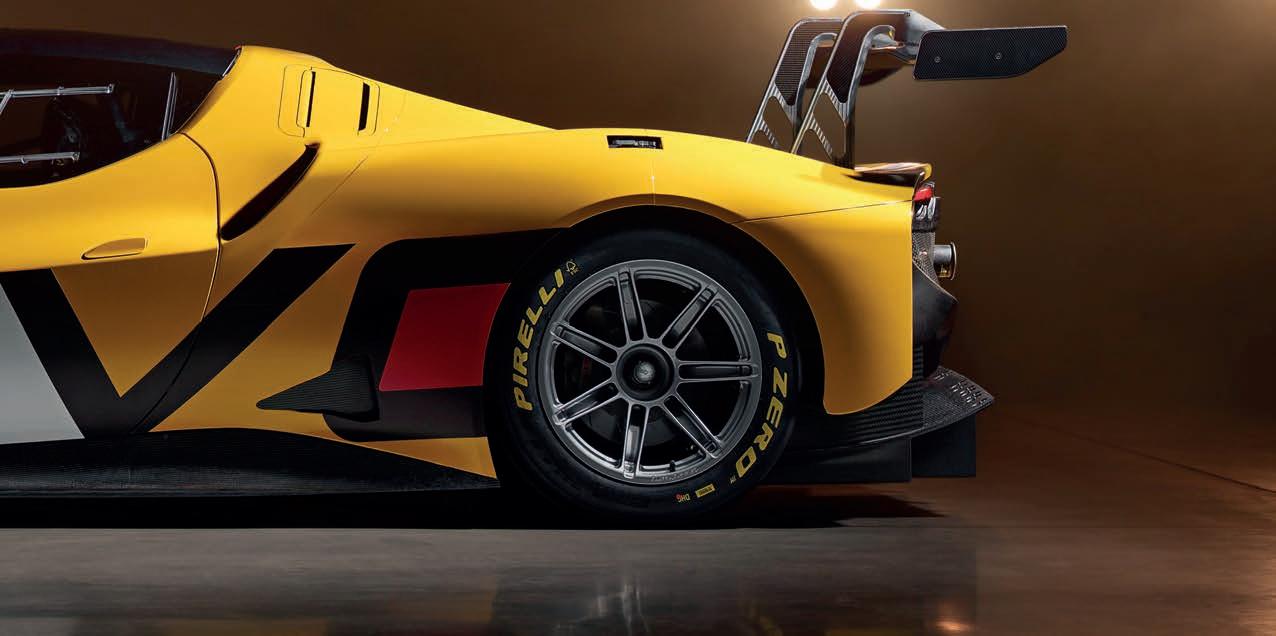
Ferrari was at pains at the launch to point out that this is a prehomologation example, so some of its more dramatic aerodynamic features may not make it through to the production version
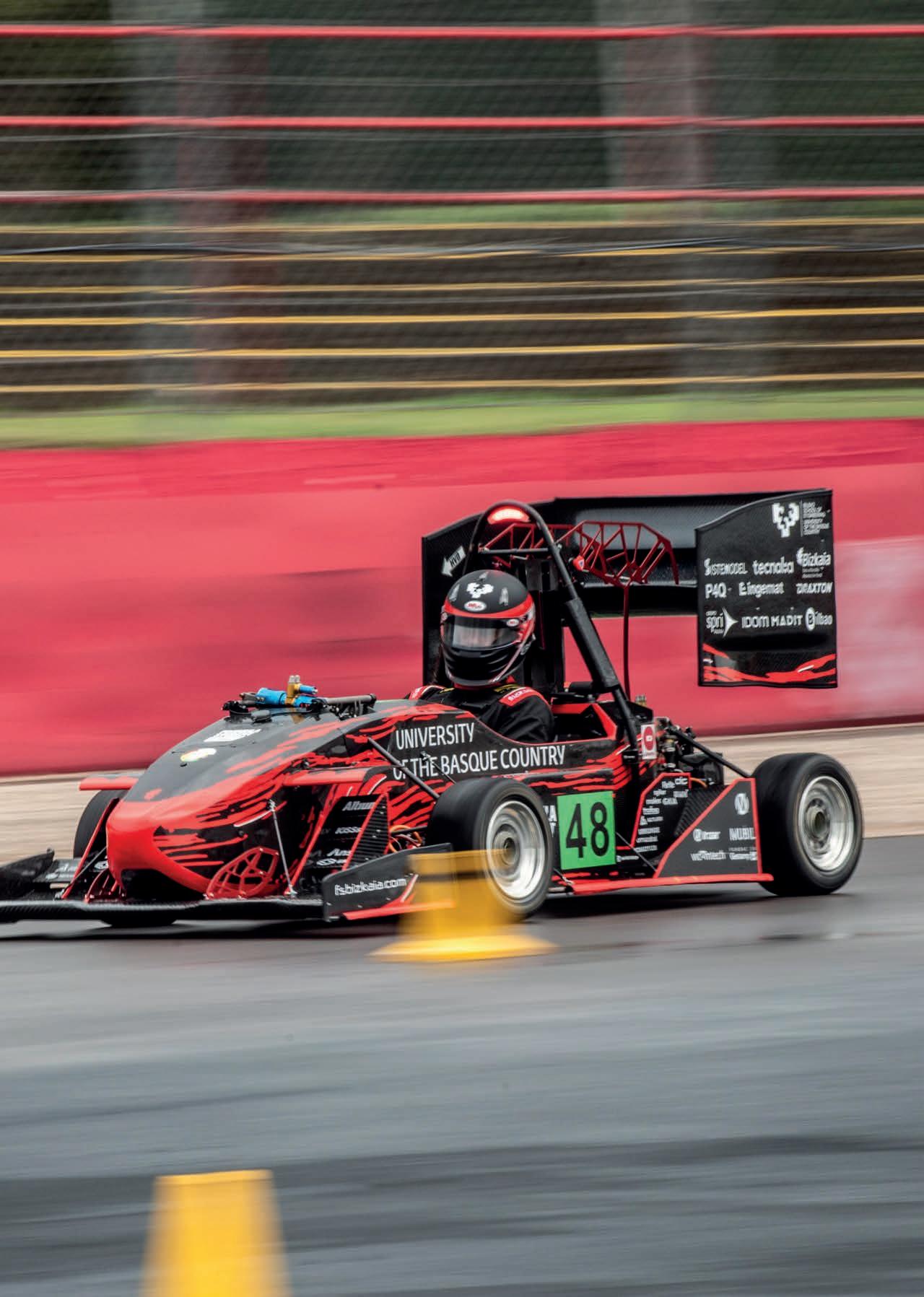
The University of the Basque Country team said it conducted 200km of testing in preparation for FSUK, starting that part of its validation programme in mid-April